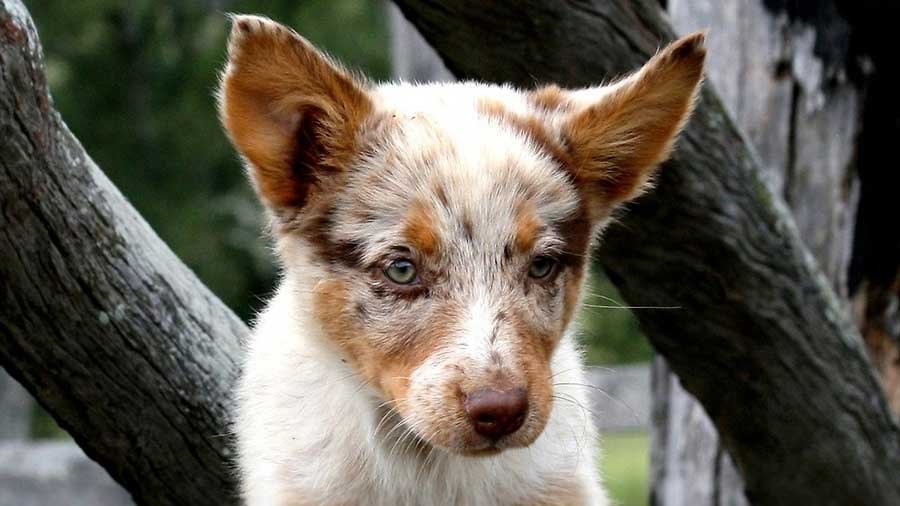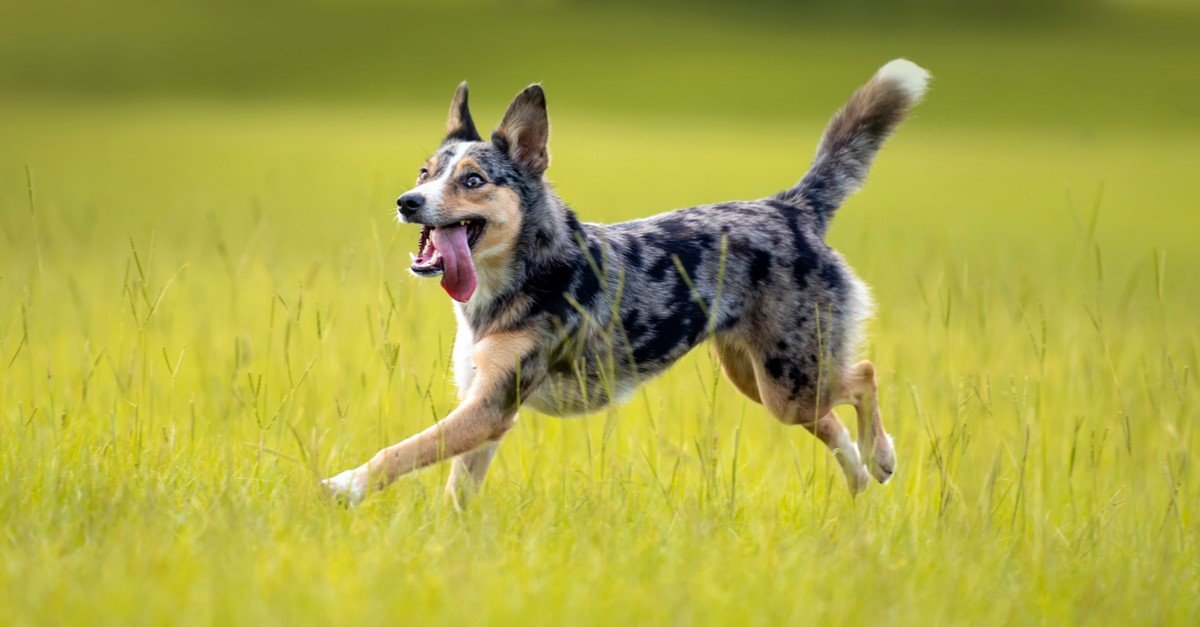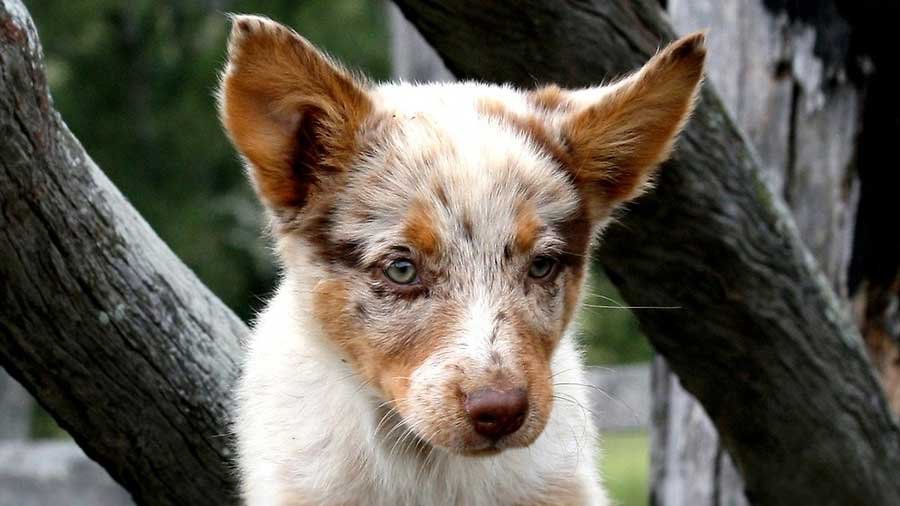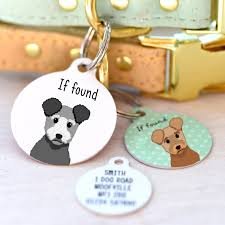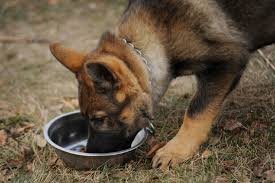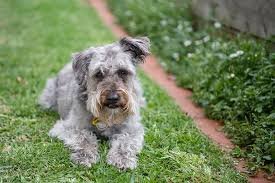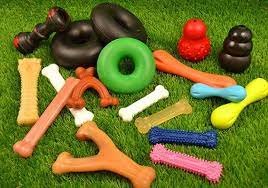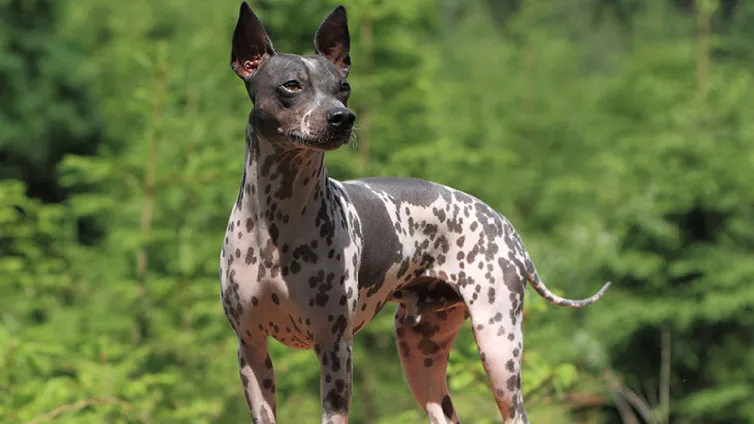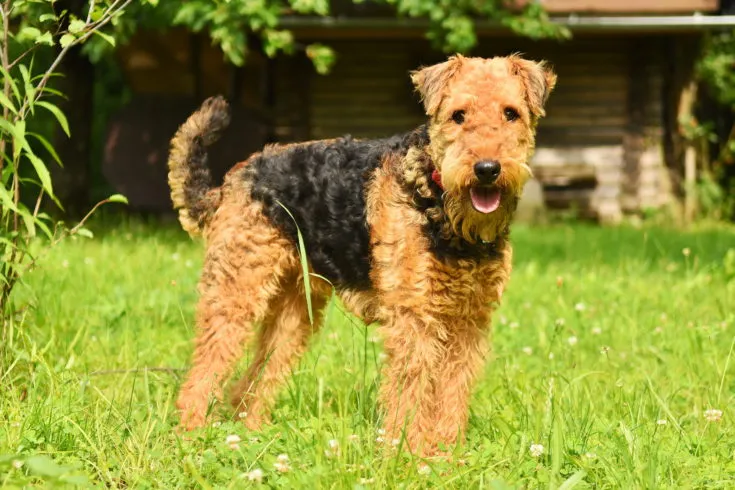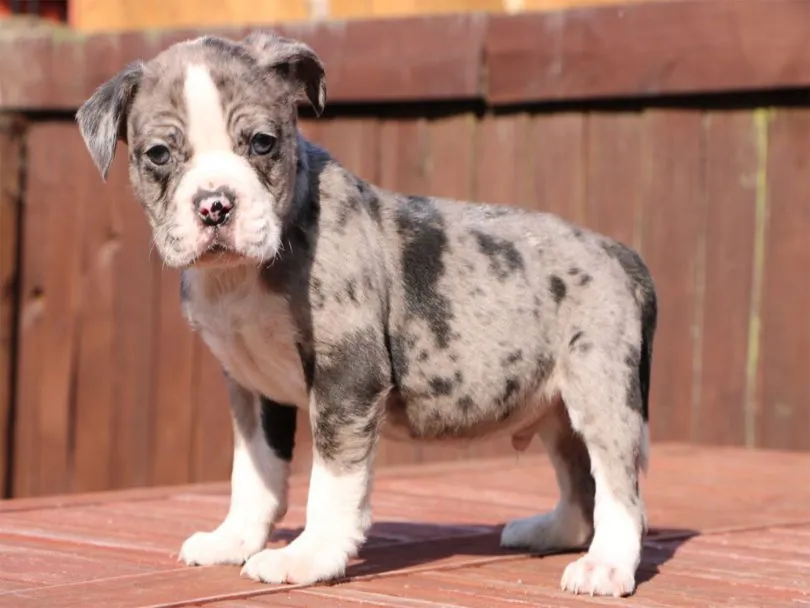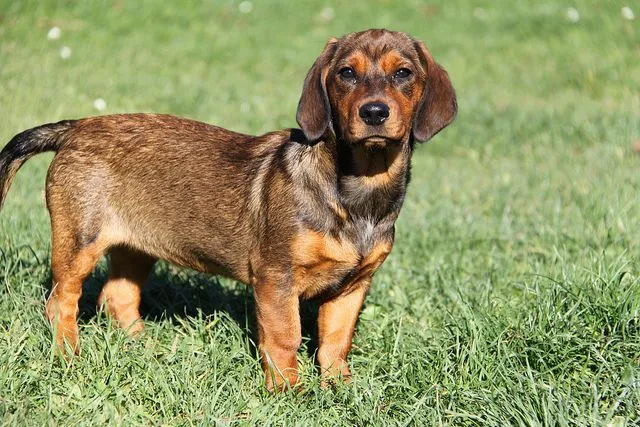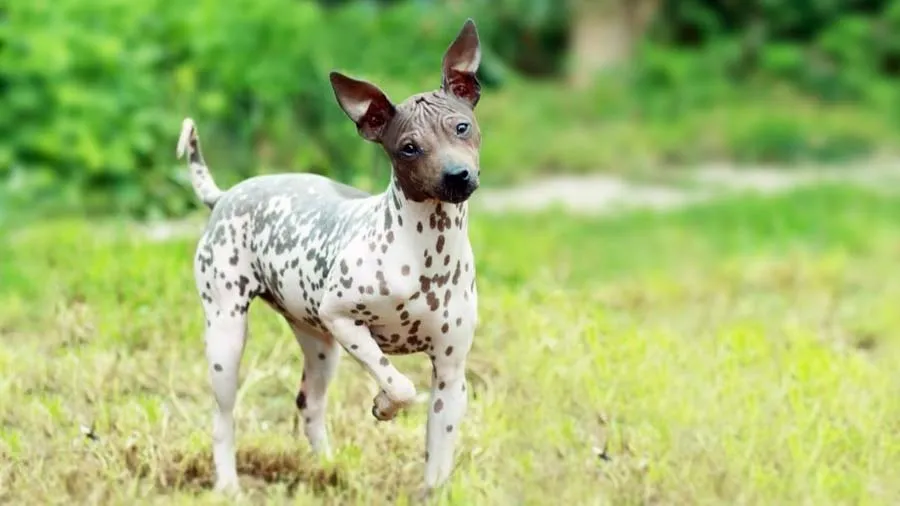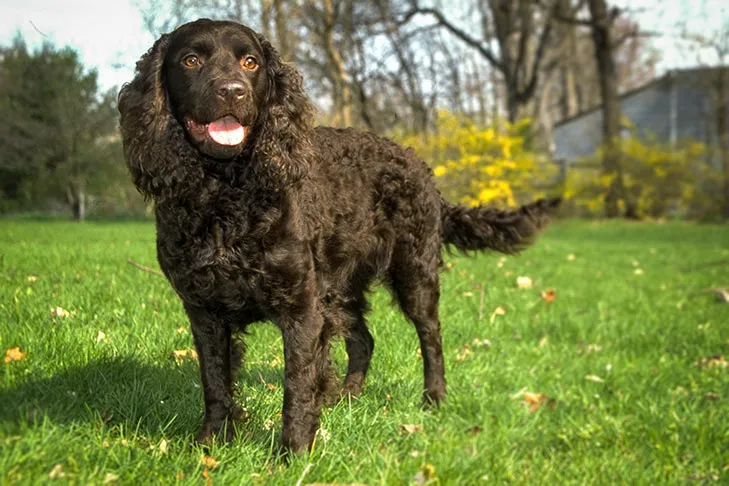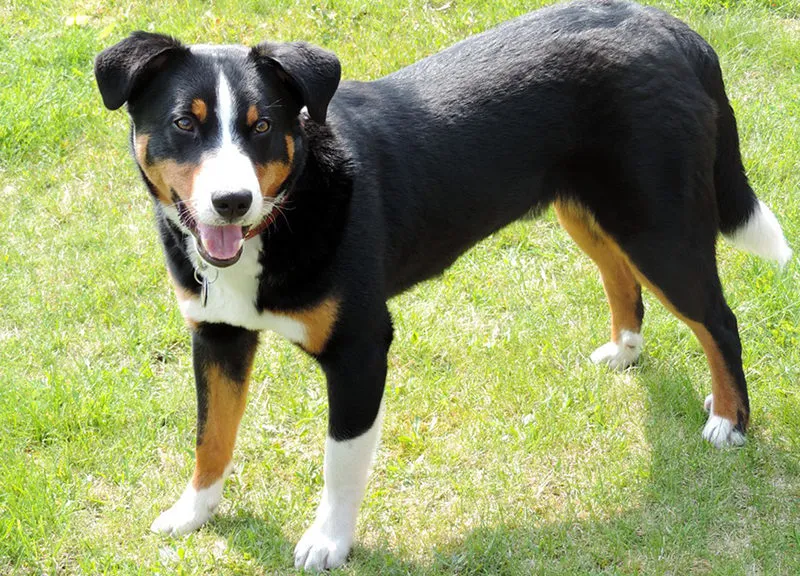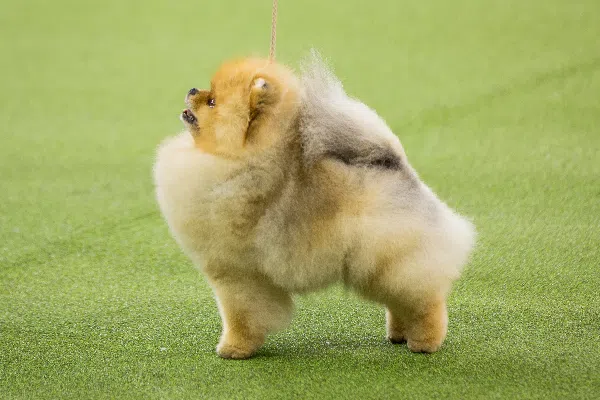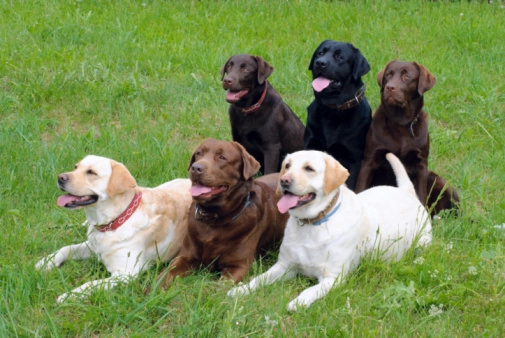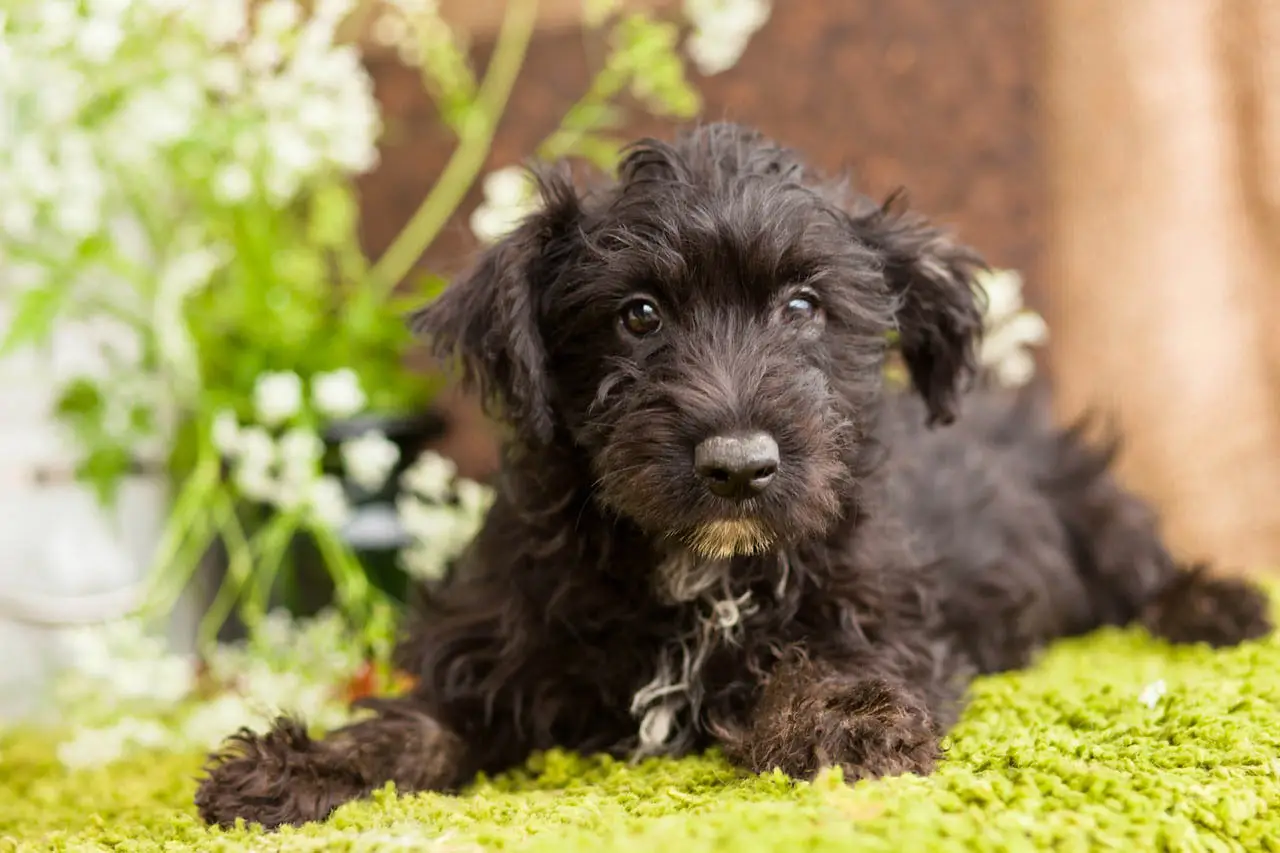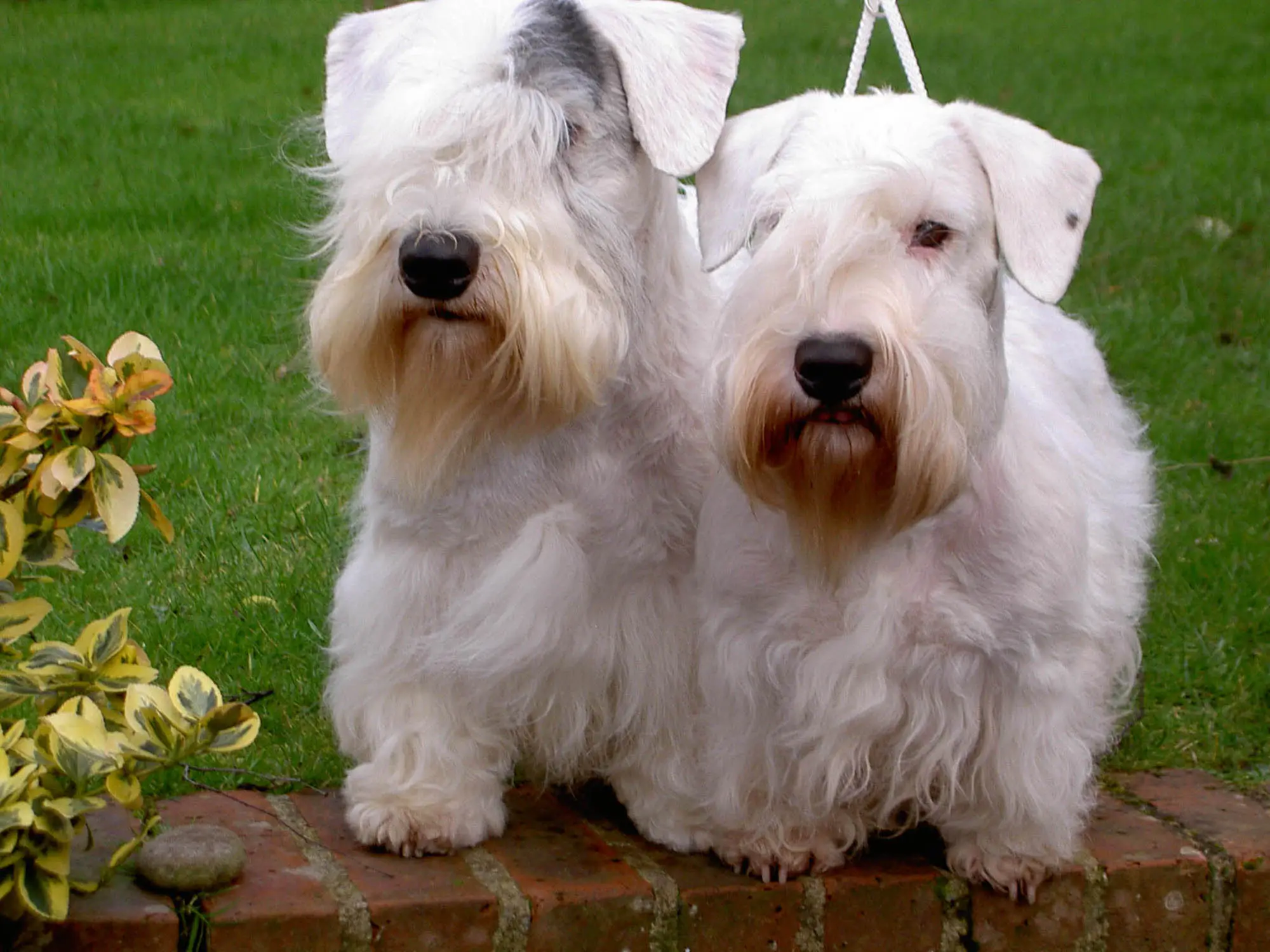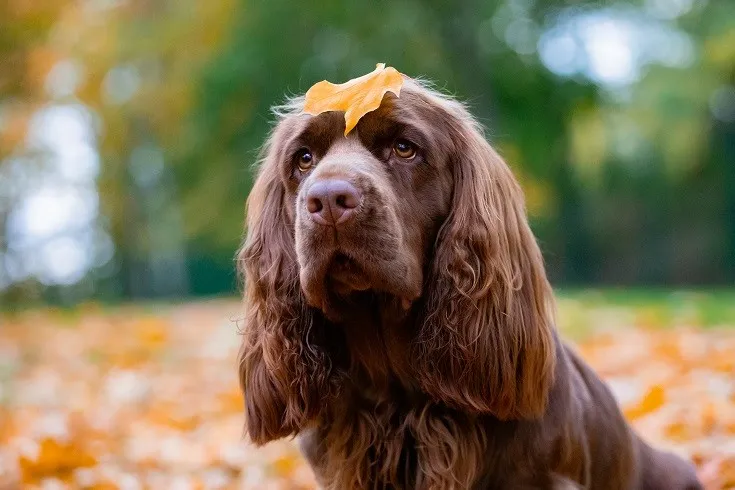History
There is not enough documentation about this breed. They were used as working dogs in their native land and were used to protect goats and sheep. It is assumed that they are progenies of Black and Tan Coolie or blue merle Coolie, brought in Australia by Thomas S. Hall who started the Australian Cattle Dog breed. Additionally, some people believe that they are descendent of a European herding breed, ‘German Tiger.’ But till date, no genetic evidence has been found to assist in this belief.
Moreover, it is believed that it was imported in the country by the German immigrants, and this is the reason till date people call it German Koolie. The immigrants were unable to pronounce ‘coolie’ correctly and started referring in their ways ‘Koolie.’ This breed was referred to as an all-purpose dog till the 19th century. But one dog naturally mated with a wild dog Aussie dog Dingo, which created a new line which had a short coat and easily adapted to all climatic conditions. The result got popularity than its parents and put to use in the extension of Australian working dogs like Australian Kelpie and Australian Cattle Dog.
Various initiatives were taken to set standards for this breed, but establishing an official status was a difficult task as it does not have adequate documentation or records. However, in 2000, Koolie Club of Australia was formed and in early 2006, ‘Stockdog Committee of the Australian Shepherd Club of America’ elected Koolie to recognize it as herding breed. In the same year, the American Herding Breed Association (AHBA) recognized this breed and added to their list.
Temperament & Personality
Koolies are incredibly active and intelligent with strong working intuition. They are easy going the dogs with the fun-loving attitude that makes them an ideal companion dogs. The breed has an eagerness to learn new tricks which makes them perfect for other activities like sports, pet therapy and agility. It likes to be around its family members all the time, and if left alone for a longer duration it might develop destructive behaviors like excessive barking, digging, etc.
They are not couch dogs and go well with other household pets and kids but require supervision. These breeds have an extraordinary smell sense and can spot anything from a very long distance. In many parts of Europe and rural Australia, they are famous for unique herding techniques and flock gathering. This intuition enables them to be watchful of the entire flock of sheep rather than one at a time.
Exercise
It is an energetic breed that needs a fair amount of exercise, and it is not ideal for apartment living. Taking this breed for long walks about 45 minutes every day along with ample of playtime in a yard will suffice its needs. Apart from physical exercises they also require mental stimulation to keep them healthy. Hence offer them chews, puzzle toys or agility training are some of the options to keep them mentally fit.
Grooming
They are easy to groom since they have a short coat and do not require heavy grooming schedule. Brush their coat using a hard bristle brush twice or thrice a week. It is advisable to bathe them frequently as they tend to get dirty quickly. They shed reasonably, and owners should brush them regularly during this period to clean the loose fur.
Like other dogs, they tend to grow nails faster than other breeds which can crack if not appropriately trimmed and hinder regular activities like walking, run, etc. However, cutting them twice a month will serve the purpose. Brush their teeth twice a week to avoid development tartar and oral problems.
Their ears can catch up infections due to water, dirt buildup and need regular checking to prevent infections and pain. Clean their ears with Vet prescribed ear solution. Clean their corner of the eyes with a damp cloth to remove tear stains.
Health Problems
Koolies are healthy, they do not suffer from serious health problems as they have a diverse gene pool and do not inherit any genetic issues. But some puppies can suffer from deafness and eye problems. Hence, random vet visits and occasional tests will keep the pup healthy.
Training
Koolies have a dominant nature which requires a firm trainer. Obedience training is essential for this breed to prevent the pack of the leader issue. Positive training will help them to pick up training tricks quickly.
Socialization is crucial to make them well behaved and a good companion. Take them to different busy places like a supermarket, bus stops busy roads and Dogs Park, etc. It will allow them to meet unknown faces, different sounds and situations and make them more flexible.
Leash training is crucial to minimize its chasing instincts. Start from an early age to make it familiar with the leash. When it plays or during its meal time apply the leash and take a short walk around the room or the garden and when it completely gets familiar take them out.
Command training is essential to polish their skills, enhance the relationship between the dog and the owner and to minimize their excessive barking behavior. Commands like ‘no,’ ‘yes,’ ’stop,’ ‘come’ are some simple commands which are essential.
Feeding
They do well on a high-quality food 2 ½ to 3 cups or homemade food rich in protein. But it is essential to visit a dietician or a vet before opting for the food. Diet depending upon the dog’s size, age, and activity level are beneficial. They are prone to bloating and obesity. Hence, the owner should offer them small meals multiple times a day and prevent heavy exercises to minimize the risk. Owners should check their weight level and calorie consumption. If they gain weight reduce table scraps, treats, etc.
.png)


